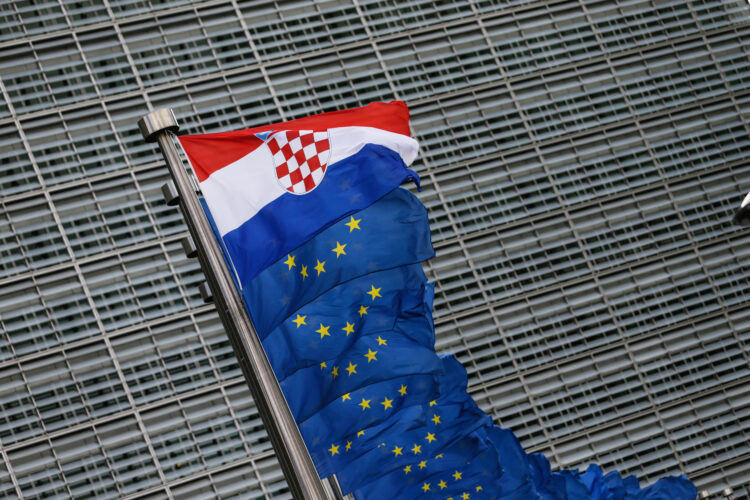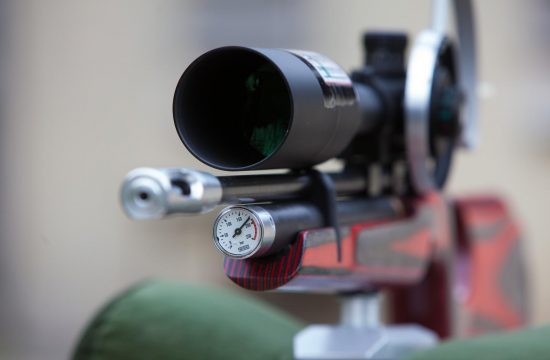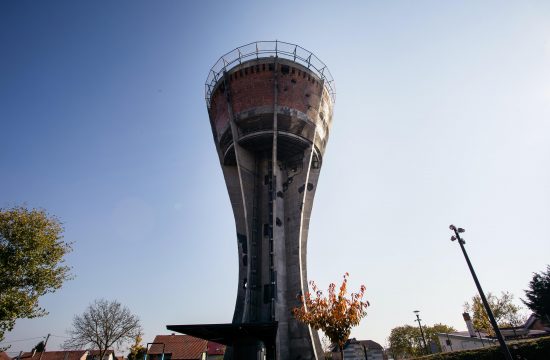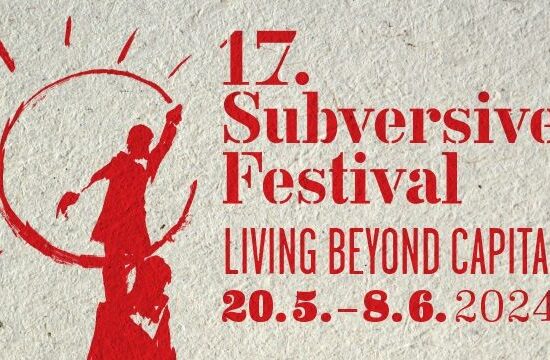
Ten years ago, Croatia became the 28th member of the European Union and since then the country has met its most important strategic goals and narrowed the development gap with older member states to some extent, but it has also seen a drop in its population, as workers had moved to better-off EU member countries. Pročitaj više
Accession to the EU is one of the watershed moments in Croatia’s history, and – along with joining NATO which it did in 2009 – the country’s main foreign policy goal since achieving independence in the 90s.
Ten years’ wait
Croatia applied for membership on February 21, 2003, and the European Commission issued a positive opinion on the application in April the following year.
Two months later, on 18 June 2004, Croatia was granted an official candidate status and was to enter into negotiations in March 2005, but on the condition of full cooperation with the International Criminal Tribunal for the Former Yugoslavia in the Hague, which was insisting on the arrest of the Croatian general Ante Gotovina.
The negotiations were therefore postponed for several months. They started on October 3, 2005, after ICTY Chief Prosecutor Carla del Ponte confirmed Croatia’s full cooperation with the court in Hague.
Croatian negotiations lasted for a long time, five years and nine months – longer than for any current member. The last of the negotiating chapters were closed on June 30, 2011, and after the accession treaty and the ratification were signed in member states, Croatia joined the EU on July 1, 2013.
The negotiations were burdened by cooperation with the UN tribunal in Hague and Slovenia’s blockade due to the border dispute between the two neighbours, but also by the enlargement fatigue in the then member states. It was clear even then that Croatia had caught the last train, and that there would be no enlargement for a long while after that.
The previous enlargement in 2004, when 10 countries joined the EU at once, followed by Bulgaria and Romania three years later, was more of a geopolitical project to unite Europe after the end of the Cold War, so there was less insistence on meeting the criteria, and more leniency for a higher goal.
Croatia did not have this advantage, so the process was stricter, and the EU was in no rush to complete the negotiations.
Most successful year
In the last year of this first decade of EU membership, Croatia met all of its European integration goals – as of January 1 this year it is a member of the eurozone and the Schengen passport-free travel area.
With the help of the European Union, in this decade Croatia connected its southernmost part with the rest of the country by the constructed Peljesac Bridge, which became one of the most visible symbols of membership.
Croatia also successfully completed its first Presidency of the Council of the EU in the first half of 2020.
Croatia’s first presidency will be remembered for the outbreak of coronavirus pandemic, because of which many meetings that were planned to be held in the country were cancelled.
It was a unique presidency because the work of the Council had to be adapted to new circumstances, and the social distancing measures made physical meeting impossible, so virtual meetings were held instead.
Great progress, but not swift enough
Before its accession to the EU, Croatia’s economy fell into a recession that lasted more than six years. The total decline in real GDP in the period from 2009 to 2014 was 12.6%.
Only in 2019 did GDP surpass its 2008 level, which means that ten years were lost.
Since 2015, GDP started growing until 2020, when it was a large drop of 8.6% due to the coronavirus pandemic.
However, Croatia’s economy quickly recovered and in 2021 recorded a growth of 13.1%, while in 2022, growth decelerated to 6.3%.
Croatia was the fastest EU member country to recover from the COVID pandemic. Compared with the pre-pandemic 2019, it registered a 11.8% growth, ranking first in the EU, ahead of Poland with a growth of 11.2%.
The average GDP growth in the EU in that period was 2.9%.
In 2013, Croatia’s GDP per capita was at 61% of the EU average, and last year it reached 73% of the EU average.
In its EU accession year, Croatia’s GDP per capita was €10,440, and the estimate for 2022 is €17,240.
In terms of GDP per capita, Croatia ranks ahead of Slovakia and Greece, which are at 68% of the European average, and Bulgaria, which is at 59%.
In 2022, Croatia was at 75% of the European average of actual individual consumption (AIC), which Eurostat uses to measure the standard of living.
AIC consists of goods and services actually consumed by households, irrespective of whether they were purchased and paid for by households directly, or by government, or by nonprofit organisations. It is expressed in purchasing power standards, which eliminates price differences between countries.
Over the past 10 years, Croatia’s AIC increased by 10 percentage points, from 65% of the European average in 2013. It surpassed Slovakia, which is at 73% of the European average, and Hungary (72%), while earlier it had ranked only above Bulgaria (67%).
However, Romania had a much larger increase in AIC, from 48% in 2013 to 88% in 2022, while Poland’s increased from 51% to 86%.
How to reach European average?
In order to reach the European average in the foreseeable future, Croatia’s growth would have to be much faster than now.
Potential growth is negatively affected by population decline and low productivity, but reforms that would lead to more efficient public administration and a better judiciary would have a positive effect.
The advantages of EU membership are even more noticeable when comparing Croatia with some countries of the former Yugoslavia. For example, Serbia’s GDP per capita was 40% of the EU average in 2013, and 44% in 2022. Bosnia and Herzegovina went from 30% in 2013 to 35% in 2022.
In terms of other indicators, Croatia is also doing well.
Croatia’s unemployment rate is at its record low, and in May this year Croatia’s registered unemployment rate reached 5.6%, its lowest level since 1989.
Also, Croatia has recorded the highest number of employed persons yet, with the number reaching 1,635,429 in May, but the employment rate is still lower than the European average. According to data from 2021, Croatia’s employment rate was 68.2%, while the European average was 73.1%.
Croatia also has good fiscal results – the public debt is seeing a downward trend, and according to government projects, it should drop below 60% next year, which is the ratio allowed under Maastricht criteria.
Great population outflow
Croatia, like other new member states developed less than the European average, experienced a large outflow of population in the past decade. According to the 2021 census, Croatia has a population of 3,871,833, which is 413,056 people or 9.64% fewer than ten years ago.
In part, this is a result of its membership in the EU, because there are no restrictions on the movement of workers in the single European market, and many Croatian citizens moved to richer member states for work and a better life.
However, this can only be part of the explanation because, for example, Serbia, Bosnia and Herzegovina, North Macedonia are also experiencing a massive population loss, and one of the answers to the question could be found in the fact that in Germany, for instance, there are more than two million job vacancies, and it is not the only country with a labour shortage.
There are several signs that the peak of emigration from Croatia has passed, that the trend has slowed down, but it has not stopped.
The experiences of other countries show that the outflow stops, that is, immigration and emigration become equalised once the level of economic development reaches about 80% of the EU average, which Croatia is close to achieving.
However, an even greater problem for Croatia is the big difference in the development of different parts of the country. The City of Zagreb is already at 131% of the EU average, while in the eastern counties GDP is below 40% of the European average.
According to the Commission’s latest report for Croatia, Zagreb generated 34% of the national GDP in 2018, although only 19.4% of the total population lives there. The majority of the population, 67%, lives in areas where GDP per capita is below 60% of the European average.
Therefore, a more even development of Croatian areas is a prerequisite for stopping emigration.
EU enlargement perspective
Ten years after the last enlargement, none of the candidate countries are close to membership, and Croatia could stay the youngest member for another ten or more years.
Although the Russian invasion of Ukraine brought some changes in the enlargement policy and geopolitical aspects are again at play, it is difficult to expect an increase in the number of members according to the rules by which the Union functions today, and their change is not on the horizon.
On 28 February 2022, four days after the beginning of Russia’s war of aggression, Ukraine applied for membership, and a few days later, Moldova and Georgia did the same. The European Commission swiftly issued an opinion on these applications and recommended that Ukraine and Moldova be granted candidate status, while Georgia became a potential candidate.
As for the countries of the Western Balkans, at the summit in Thessaloniki in 2003, the EU promised them that they would become members when they met the conditions. Twenty years later, only Croatia is an EU member.
All Western Balkan countries have been granted a candidate status except for Kosovo. Montenegro has made the most progress – after opening negotiations in 2012, it has opened all negotiating chapters, but it has closed only three, none in the last two years.
Serbia started negotiations in 2014, and so far it has opened only 18 chapters and closed two. The negotiations are practically at a standstill, although there has been no formal decision with regard to this.
After a long wait, North Macedonia and Albania opened negotiations in March 2020, but to this day they have not opened any chapters.
Bosnia and Herzegovina was granted candidate status in December last year and has yet to fulfill the conditions set for the start of negotiations.





Kakvo je tvoje mišljenje o ovome?
Budi prvi koji će ostaviti komentar!